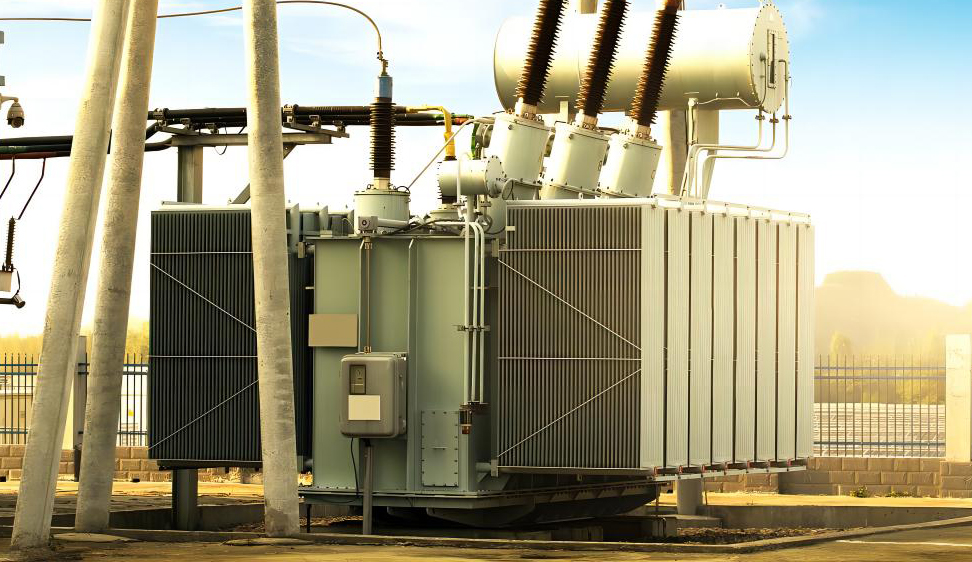The Evolution of Electrical Transformers: From Step-Up to Step-Down
2024-04-17

Electrical transformers have played a crucial role in the distribution and transmission of electricity for over a century. These devices have undergone significant advancements and have become essential components in power systems worldwide. From the early days of the transformer to the modern, high-efficiency models, the evolution of electrical transformer has been remarkable.
The concept of electrical transformers dates back to the late 19th century when engineers and scientists were exploring ways to transmit electricity over long distances efficiently. The invention of the transformer revolutionized the power industry and paved the way for the widespread electrification of cities and towns. Today, transformers come in various types and configurations, each serving specific purposes in power distribution and utilization.
One of the fundamental types of transformers is the step-up transformer. This device is designed to increase the voltage level of electrical energy, making it suitable for long-distance transmission. Step-up transformers are commonly used in power plants to boost the voltage of generated electricity before it is transmitted through high-voltage transmission lines. By increasing the voltage, the current can be reduced, resulting in lower energy losses during transmission.
Conversely, step-down transformers perform the opposite function by reducing the voltage to a level suitable for distribution and consumption. These transformers are integral to the power grid, as they enable the safe and efficient delivery of electricity to homes, businesses, and industrial facilities. Step-down transformers are often found in substations and are responsible for lowering the voltage from transmission levels to levels suitable for local distribution networks.
In addition to step-up and step-down transformers, other specialized types serve specific purposes in power systems. Low-voltage transformers, for example, are used to reduce further the voltage for specific applications, such as outdoor lighting or low-power devices. Current transformers and potential transformers are essential for measuring and monitoring electrical currents and voltages in power systems, providing valuable data for control and protection purposes.
Power transformer, on the other hand, are designed to handle large power loads and are commonly used in utility substations and industrial settings. These robust transformers play a critical role in ensuring a reliable and stable supply of electricity to meet the demands of modern society. Furthermore, the advent of 3-phase transformers has significantly enhanced the efficiency and performance of three-phase power systems, which are widely used in industrial and commercial applications.
Advancements in materials, design, and manufacturing processes have also driven the evolution of electrical transformers. Thanks to innovations in insulation materials, core materials, and cooling systems, modern transformers are more compact, efficient, and environmentally friendly. Additionally, digital monitoring and control systems have been integrated into transformers, enabling real-time diagnostics and remote management for improved reliability and maintenance.
As the demand for renewable energy sources continues to grow, transformers play a vital role in integrating renewable power generation into the existing grid infrastructure. With the increasing deployment of solar, wind, and other forms of clean energy, transformers are essential for converting and integrating the variable output of these sources into the grid, ensuring a seamless and stable supply of electricity.
In conclusion, the evolution of electrical transformer has been marked by continuous innovation and adaptation to the changing needs of the power industry. From the early days of the transformer to the latest high-tech models, these devices have been instrumental in shaping the modern electricity grid. As the world transitions towards a more sustainable and interconnected energy landscape, transformers will continue to play a pivotal role in enabling the efficient and reliable transmission and distribution of electricity.





